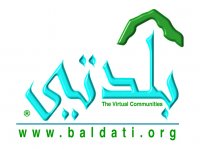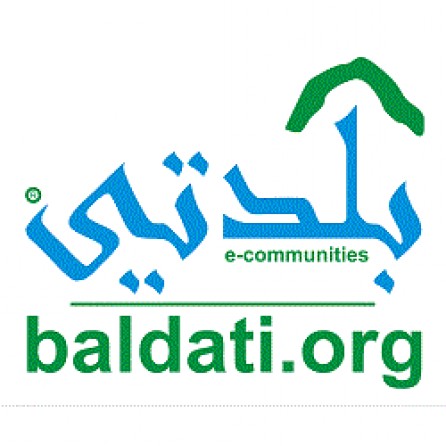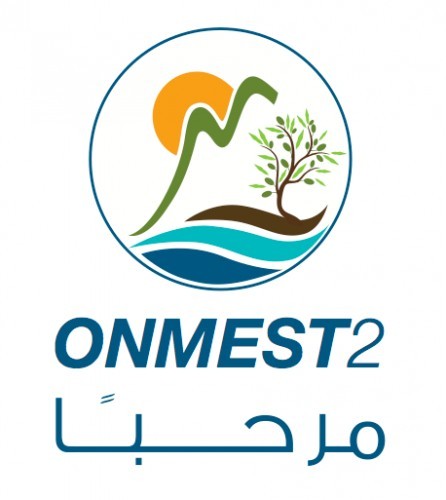
Future leaders
Leadership development comes in many forms: through books, seminars and workshops on the topic of leadership theories, models, approaches and tools.
Many of these resources are helpful; however, too often their application is generic and not aligned to a company’s needs. Each organization has its own unique characteristics and requirements that are driven by the industry and culture that define the skills needed for best leadership results.
Just because a leader is successful at one level does not automatically mean they have the skills to be successful in a more senior role, or, in fact, even in a similar leadership function in another company. Each leadership position often has its own unique requirements.
Leader development is not generic; there’s no one master checklist for all leader functions, though there are unquestionable universal traits (e.g., ethics) and skills (e.g., communication) that are applicable to all leader functions.
When I coach leaders who want to develop their skills or their organization’s leadership capacity, we start by looking at the specific skills needed and the current leadership development strategy for building leadership capacity.
Leader skills refer to accepted universal leadership abilities, such as self-awareness and influencing skills. Leadership development refers to the organizational strategy, approach and commitment for developing leadership capacity.
Leader skills can be delivered using many different development approaches, including mentoring, situational learning, action learning, workshops, coaching, shadowing and communities of learning. Regardless of the methodology used, a core requirement is that leadership development supports the development of job-specific leadership functions and develops both individual and organizational capacity.
To develop a leadership strategy it’s of value to step back and answer the following questions:
•What are the leader functions we have in our organization?
•What skills are required to be successful in each leader function?
•What leadership strategy will best develop each leader function?
•How will we measure success?
There are no shortcuts and the above questions are more difficult than they appear. Many companies spend thousands of dollars on leadership development with little return because they don’t take time to answer the questions.
To remove assumptions as to what skills are essential to any leadership function an organization needs the facts. A proven way to do this is through a detailed work function analysis that clearly defines core competencies (trainable) and traits (non-trainable) for each leader function. And then develop a strategic leadership development strategy and plan that meets the needs of individuals and the organization.
Some are born natural leaders; however, the majority requires time to evolve and grow leader skills.







